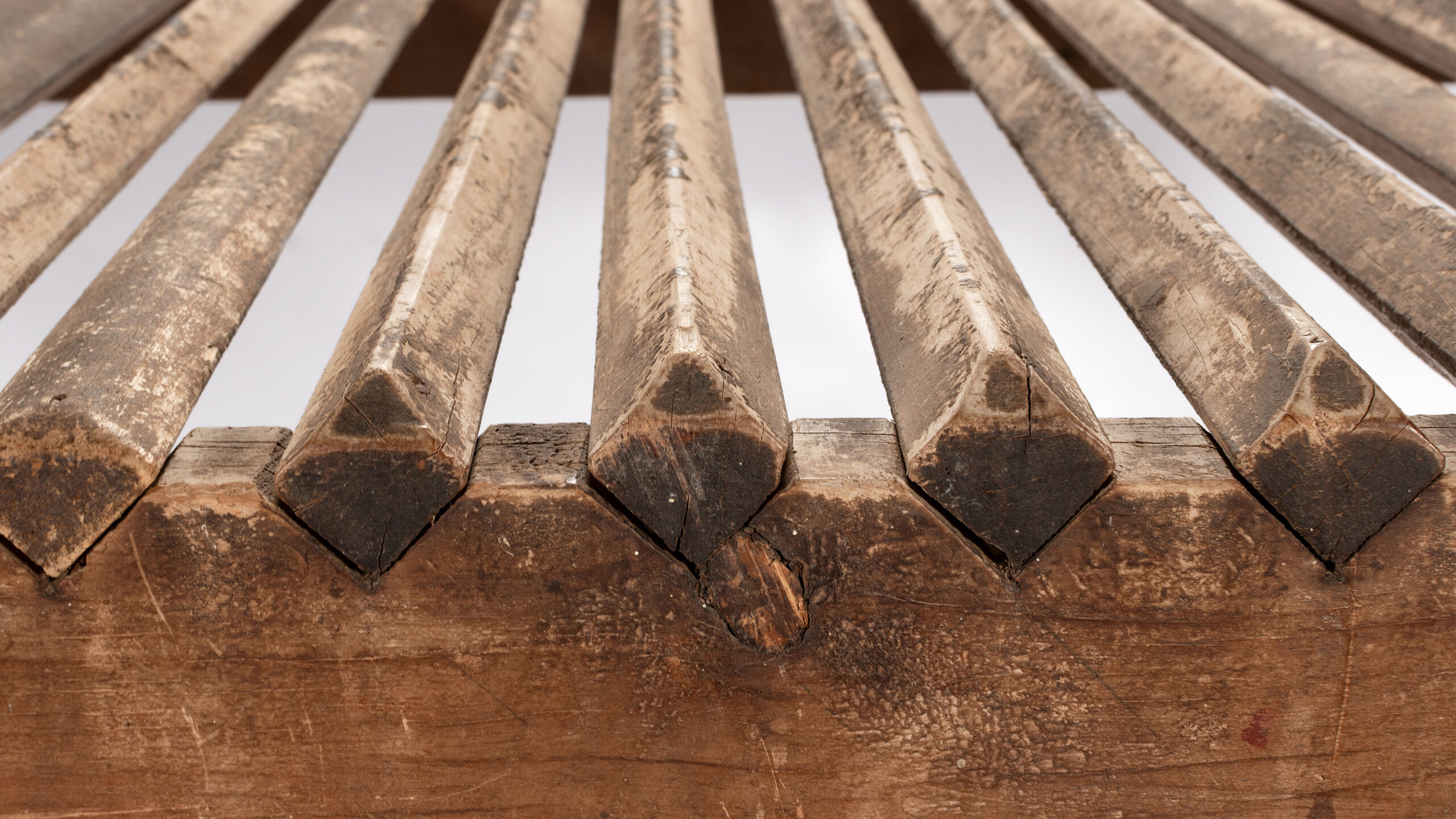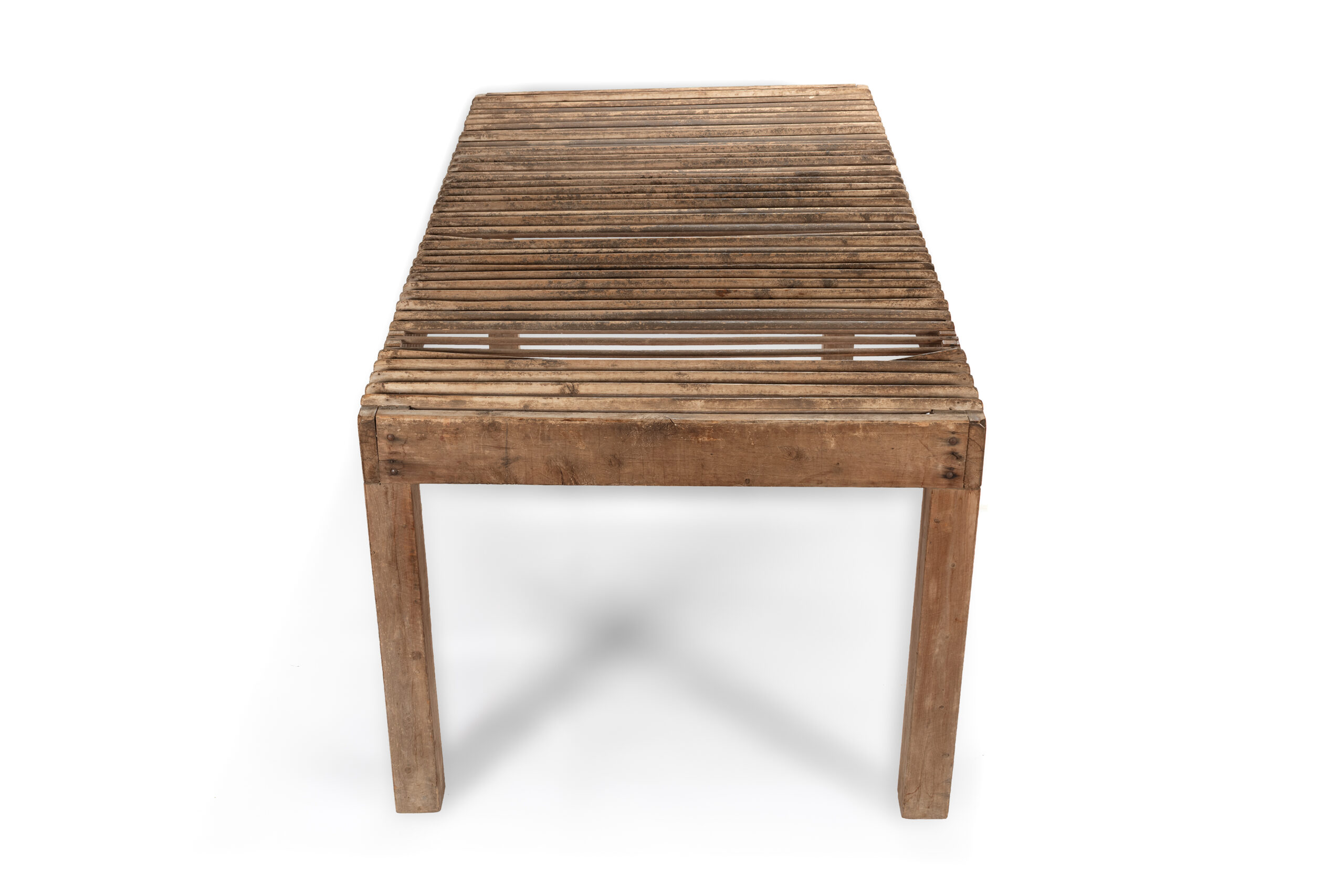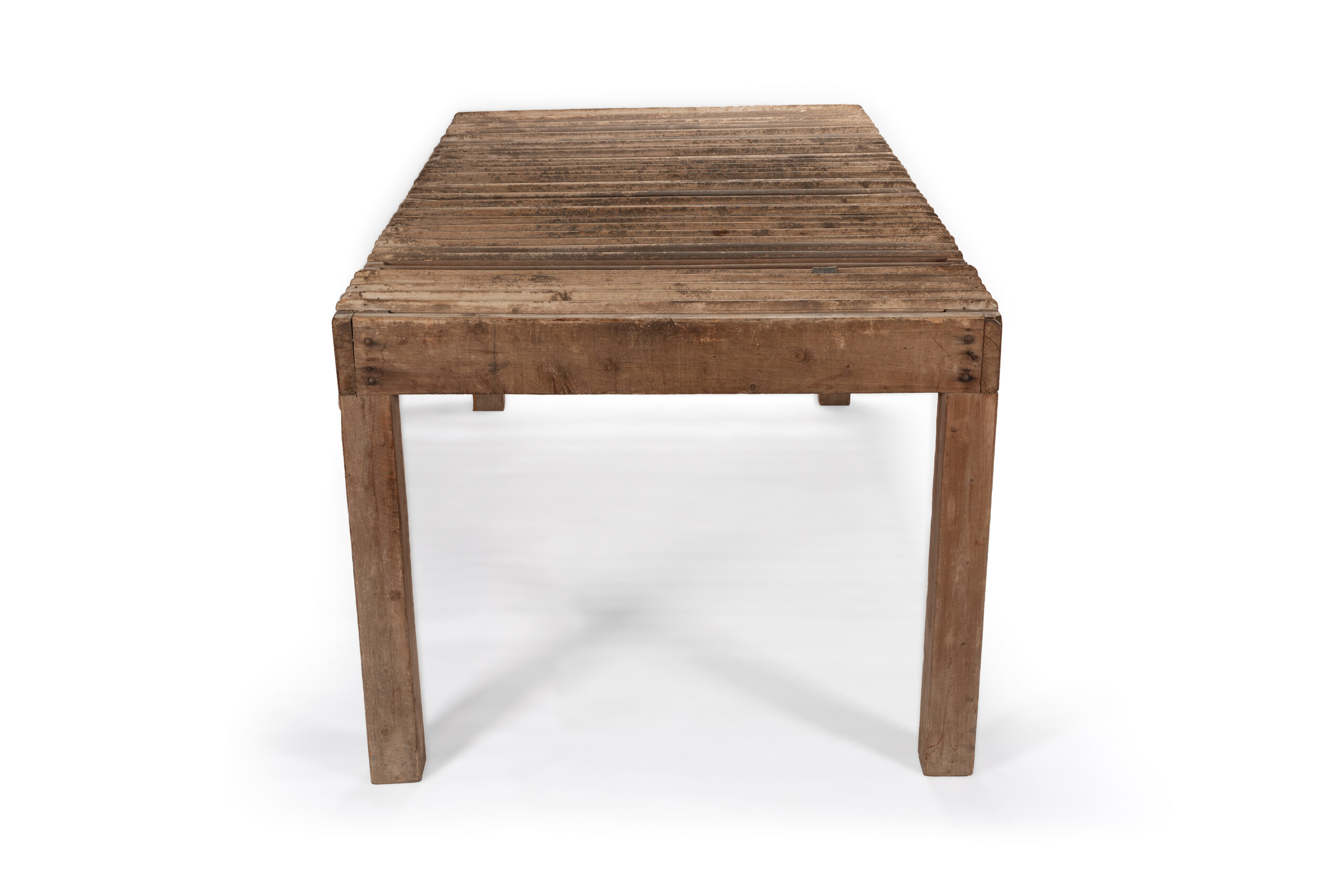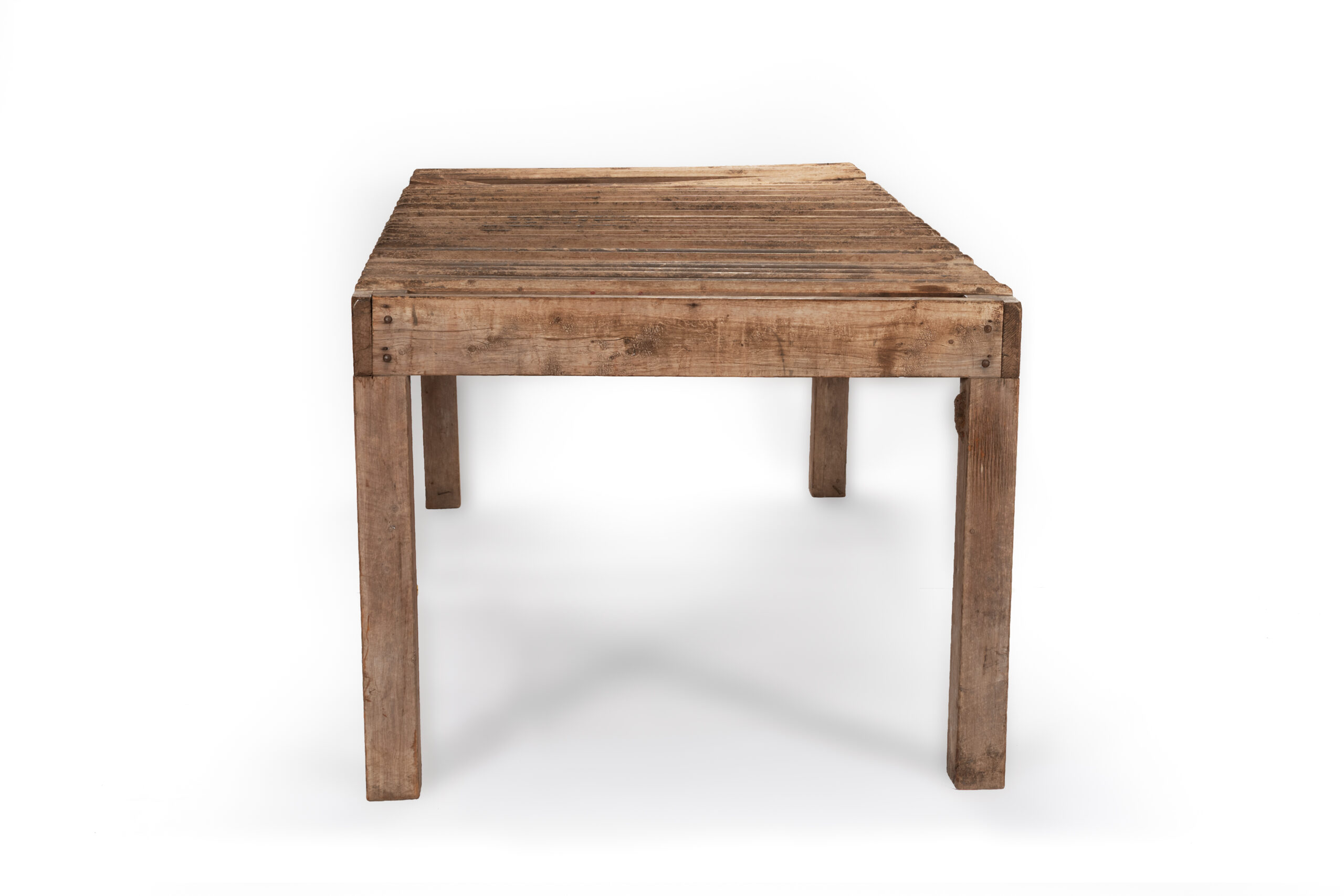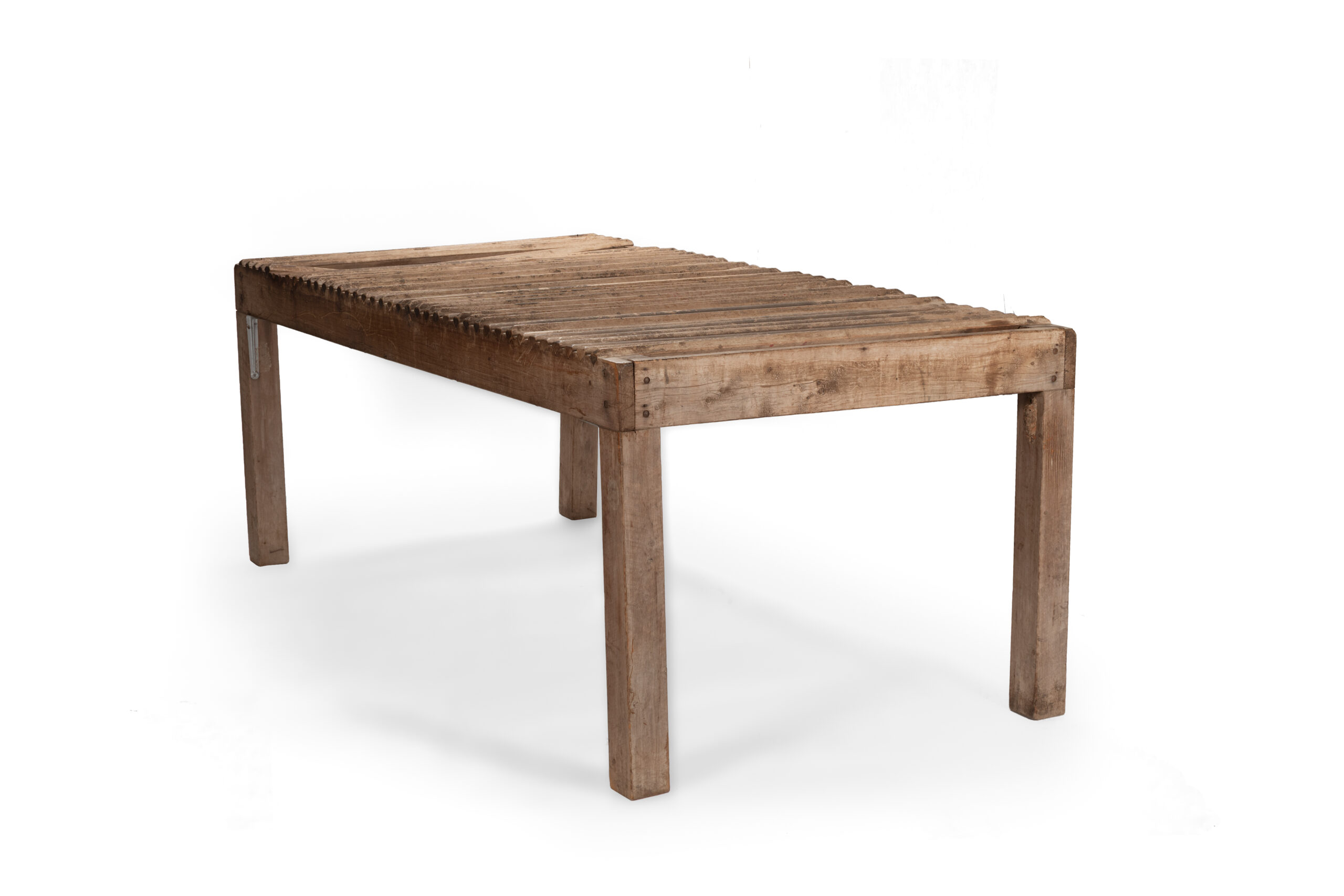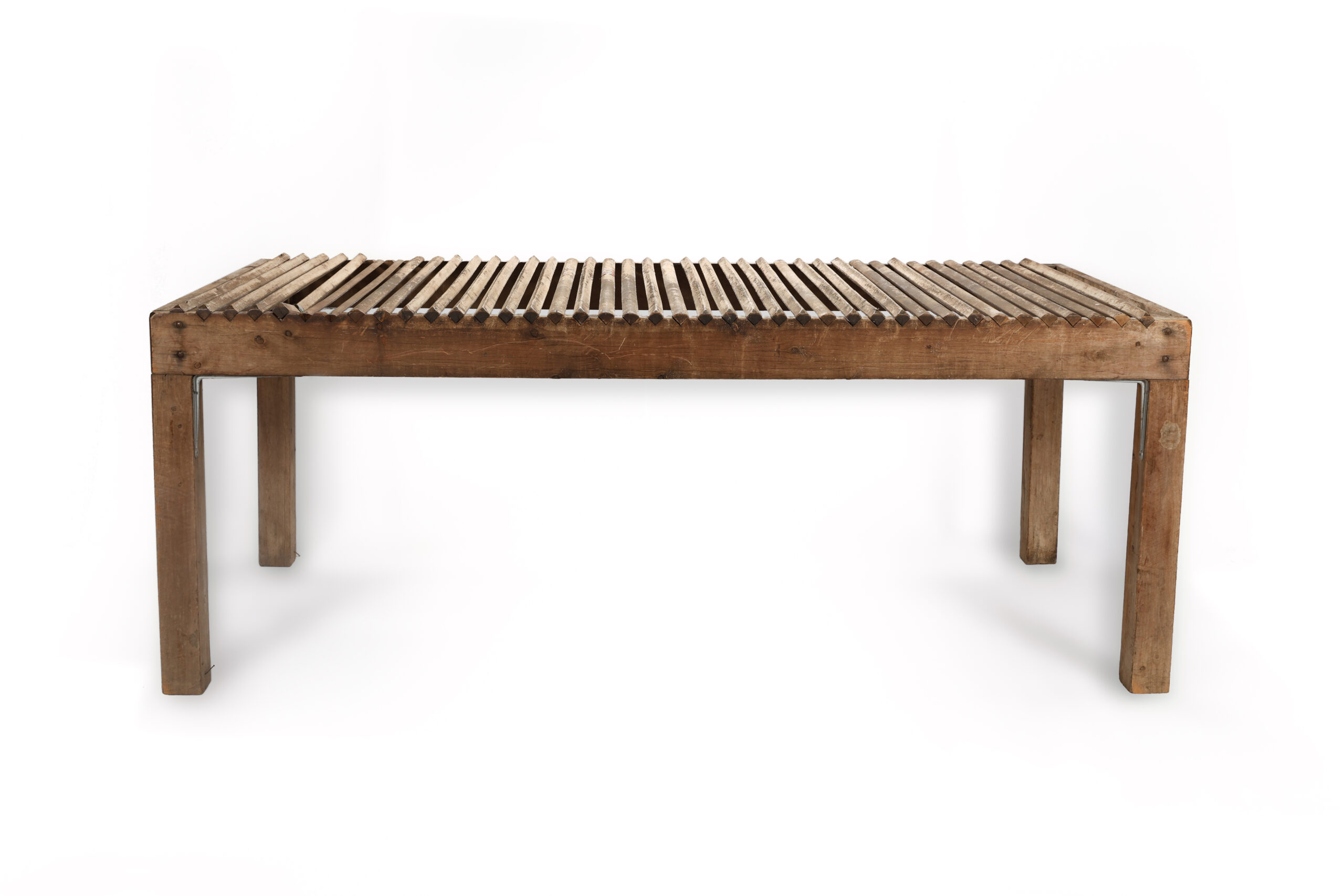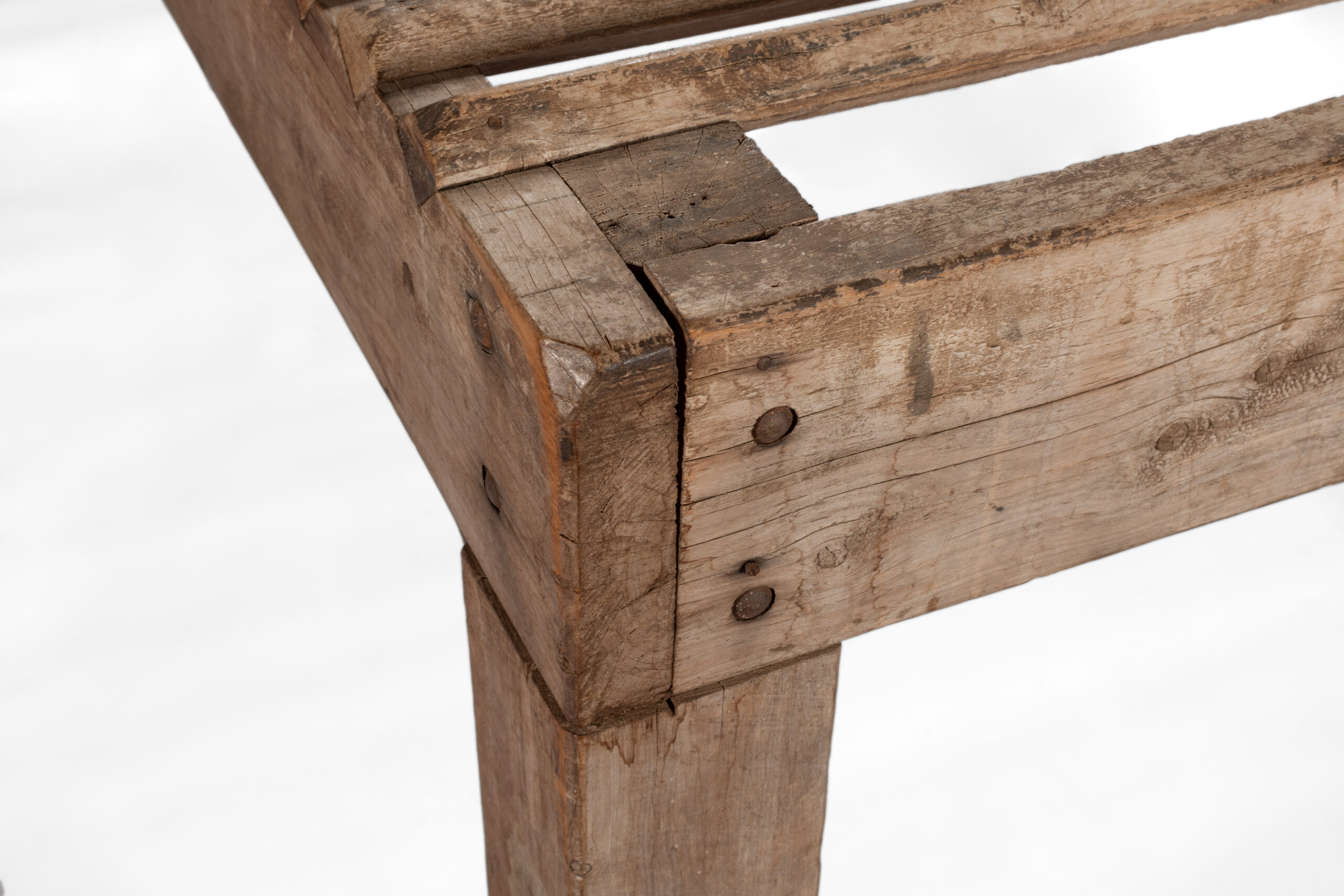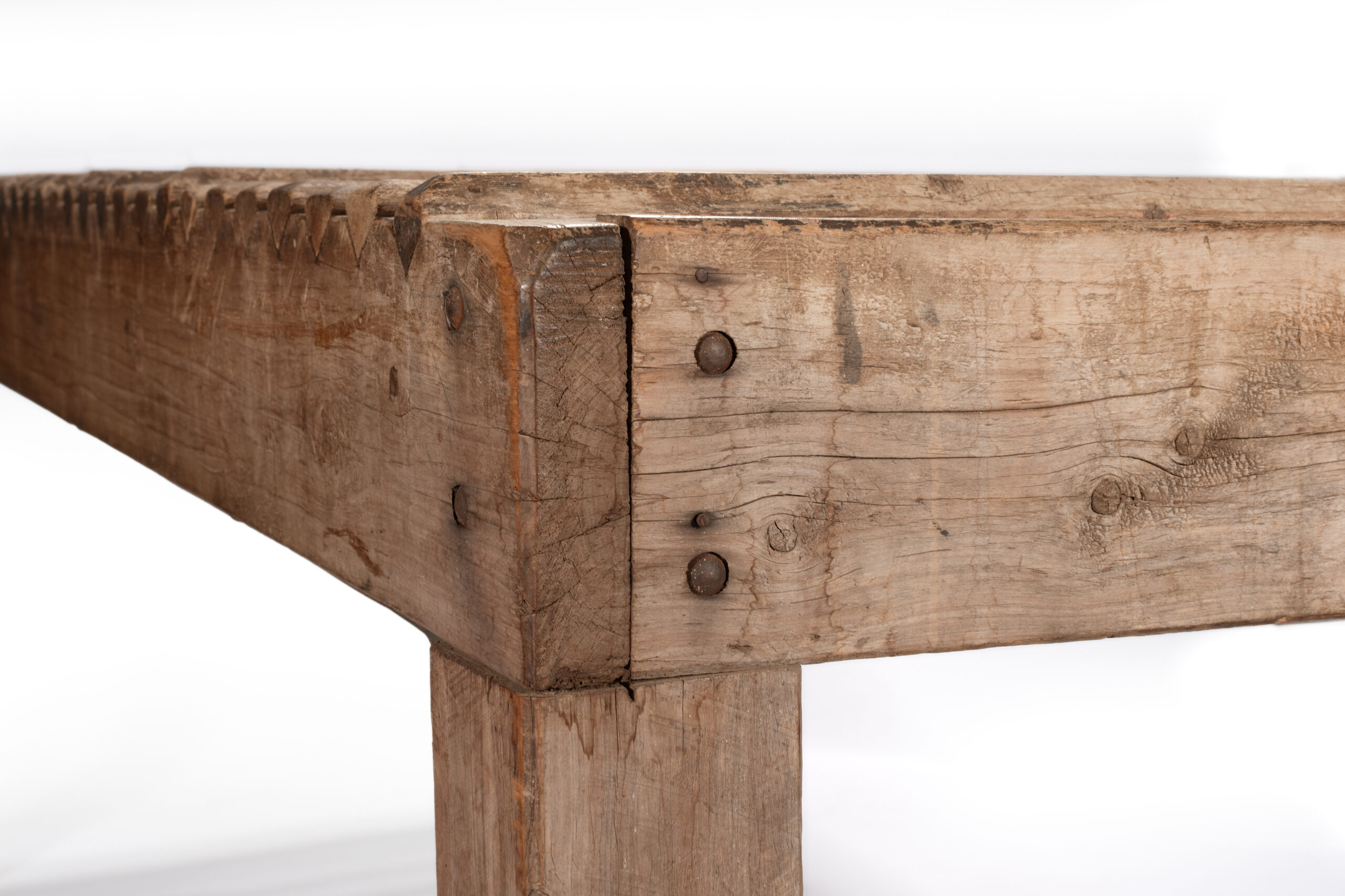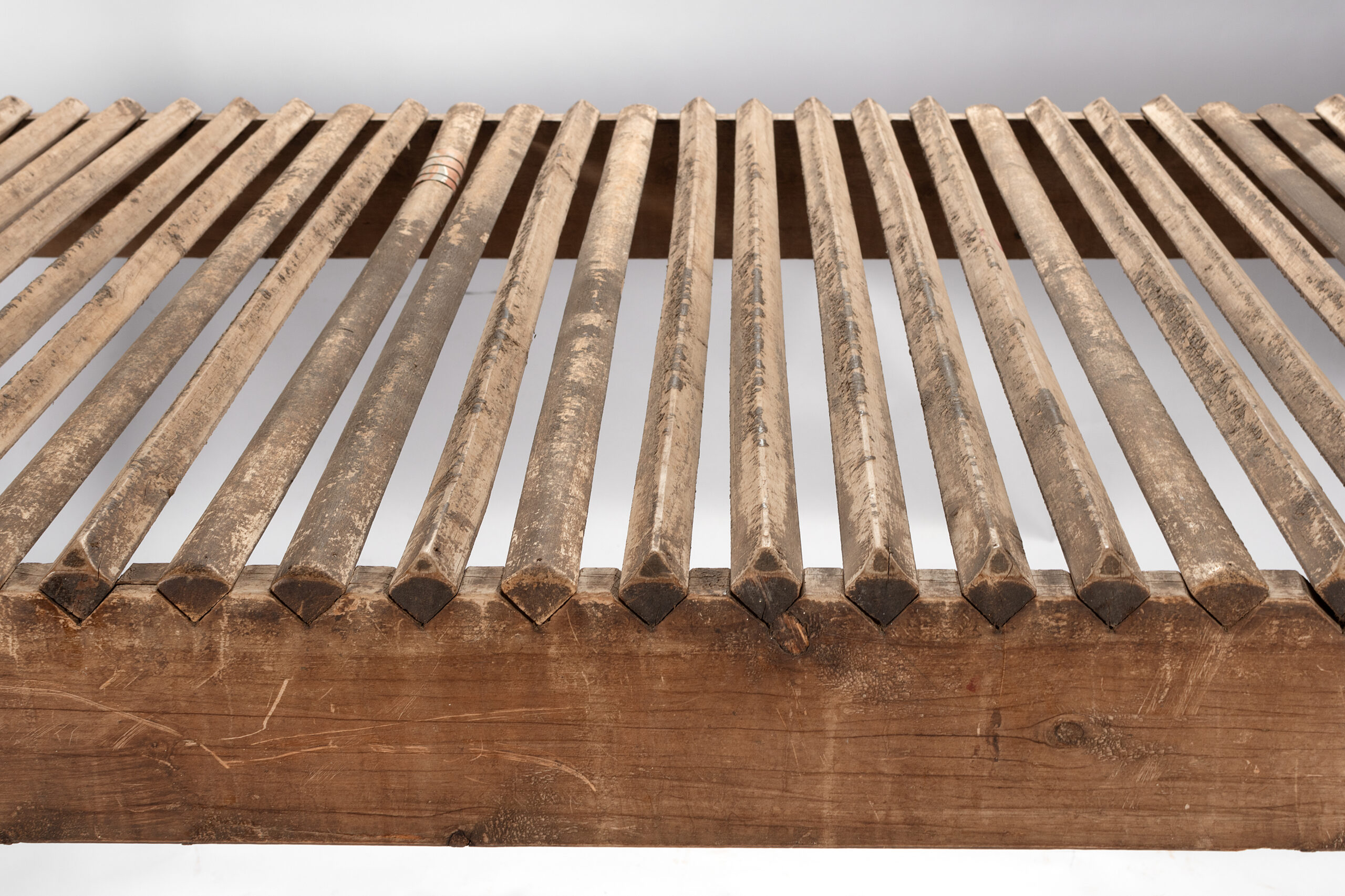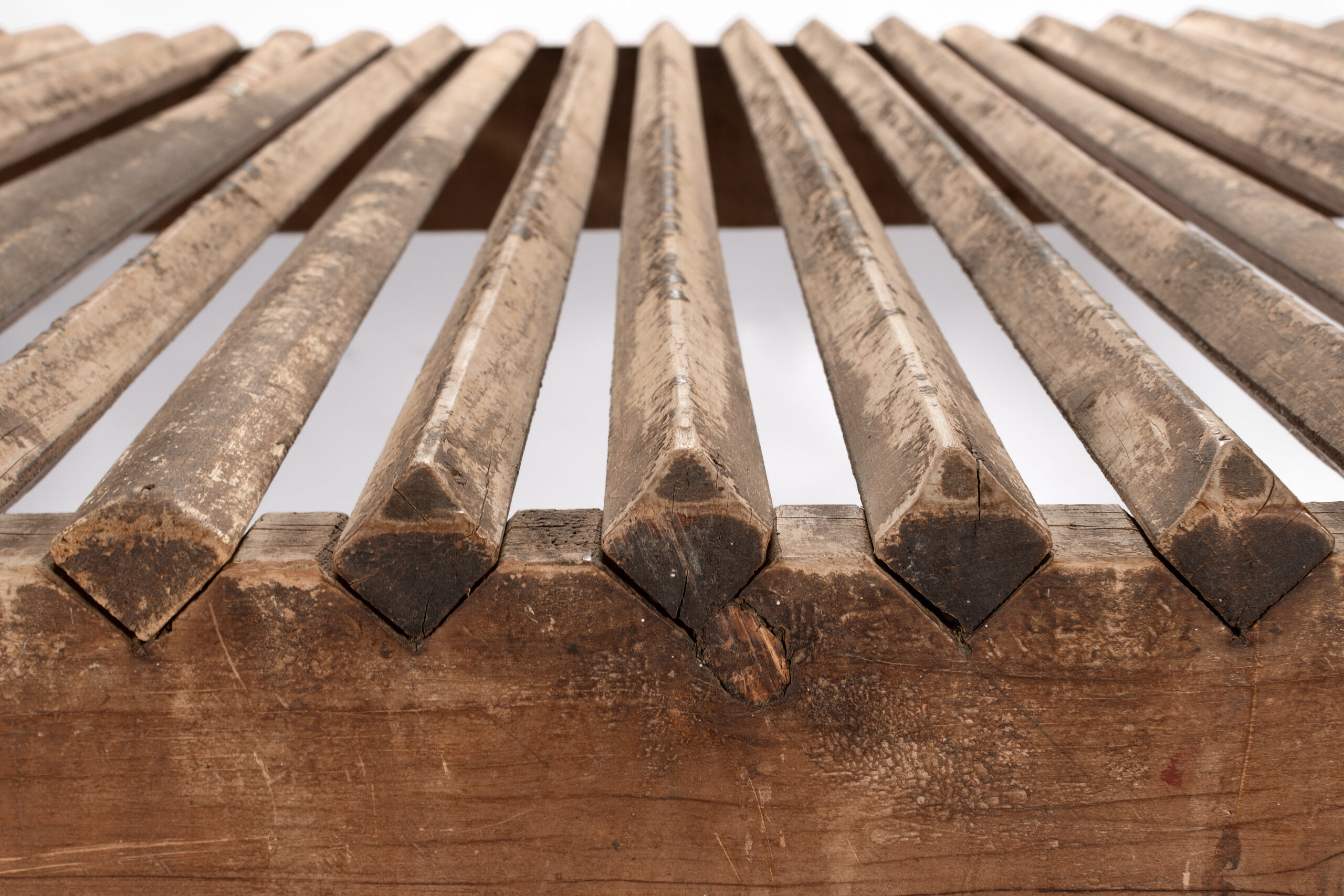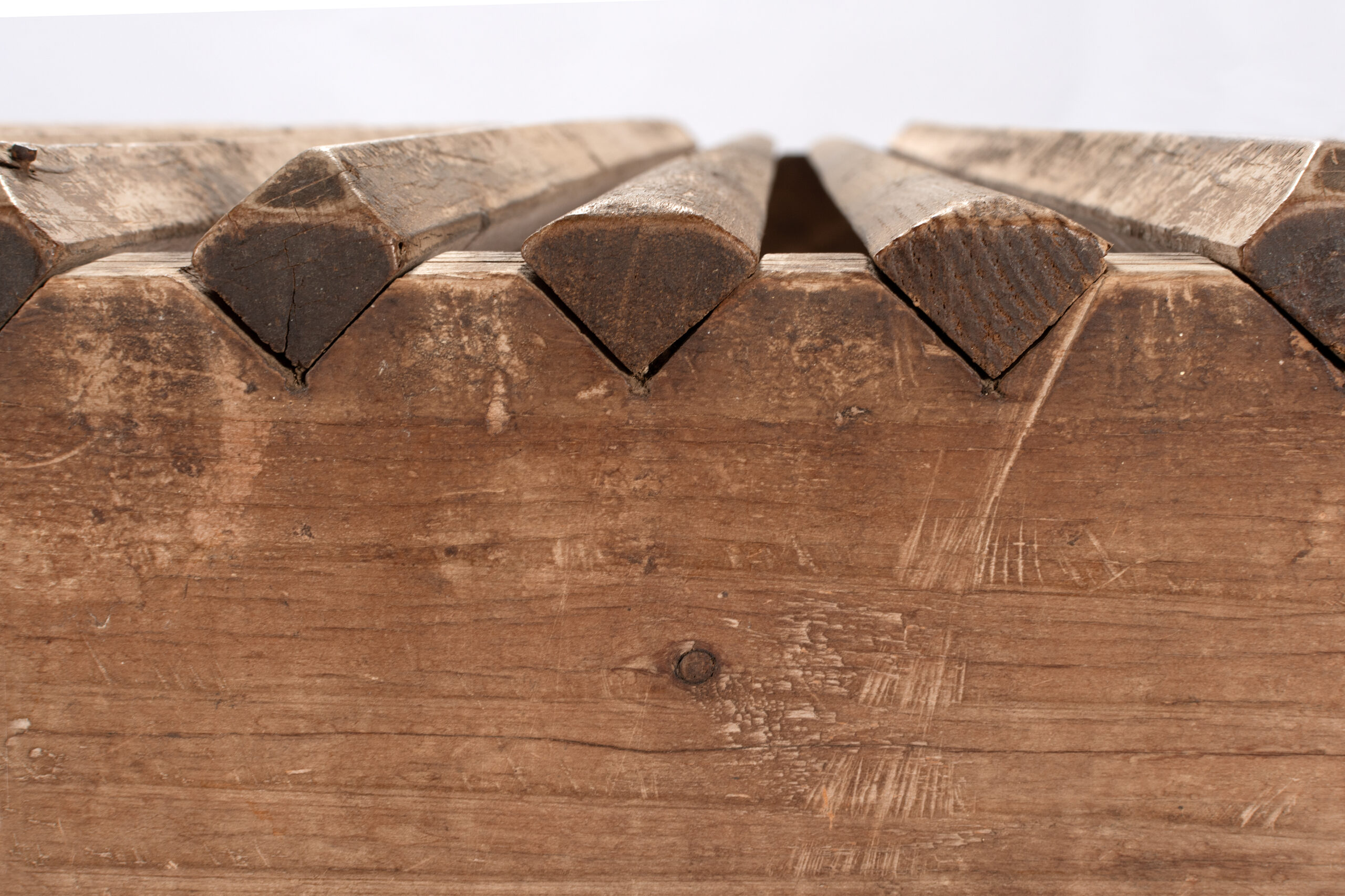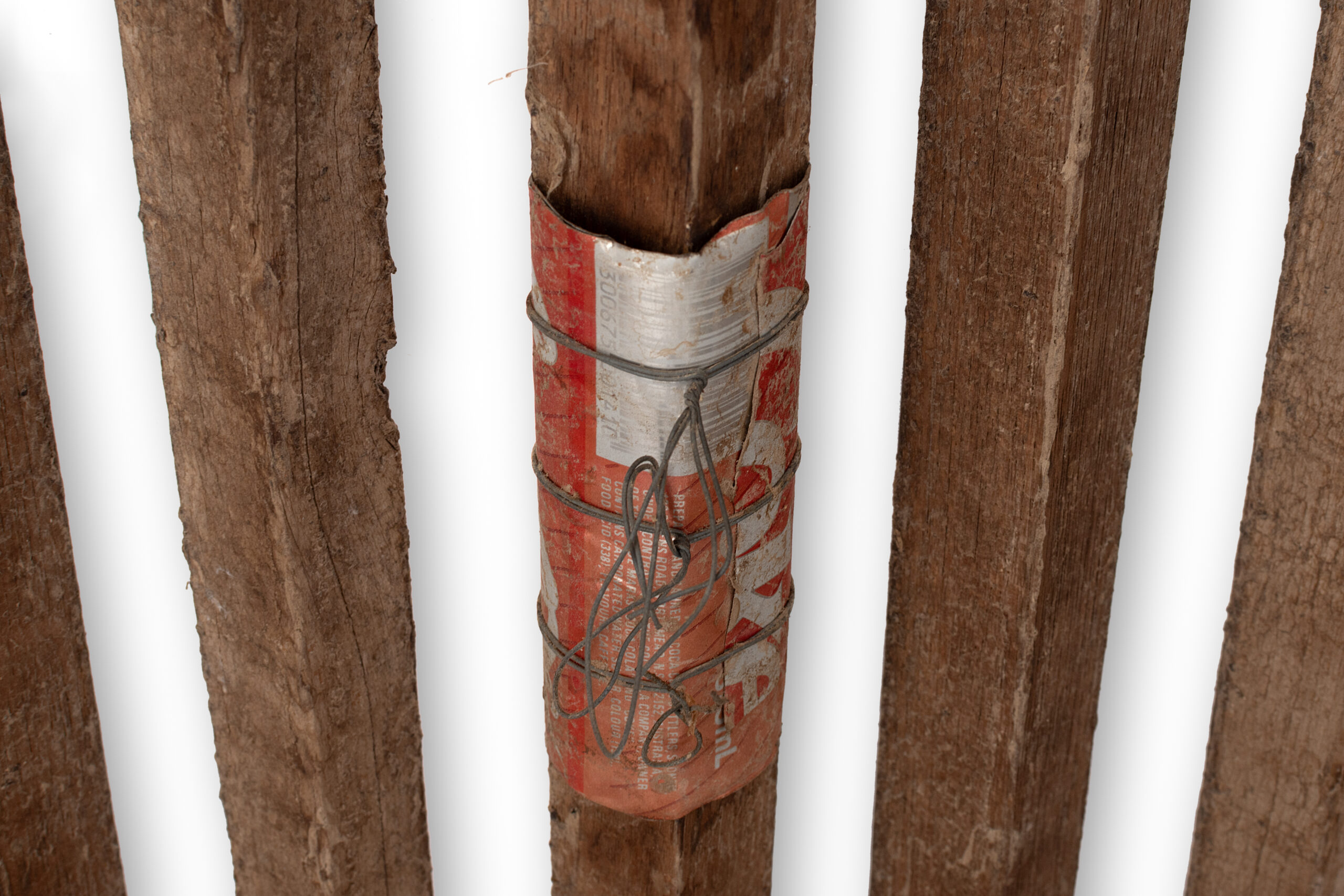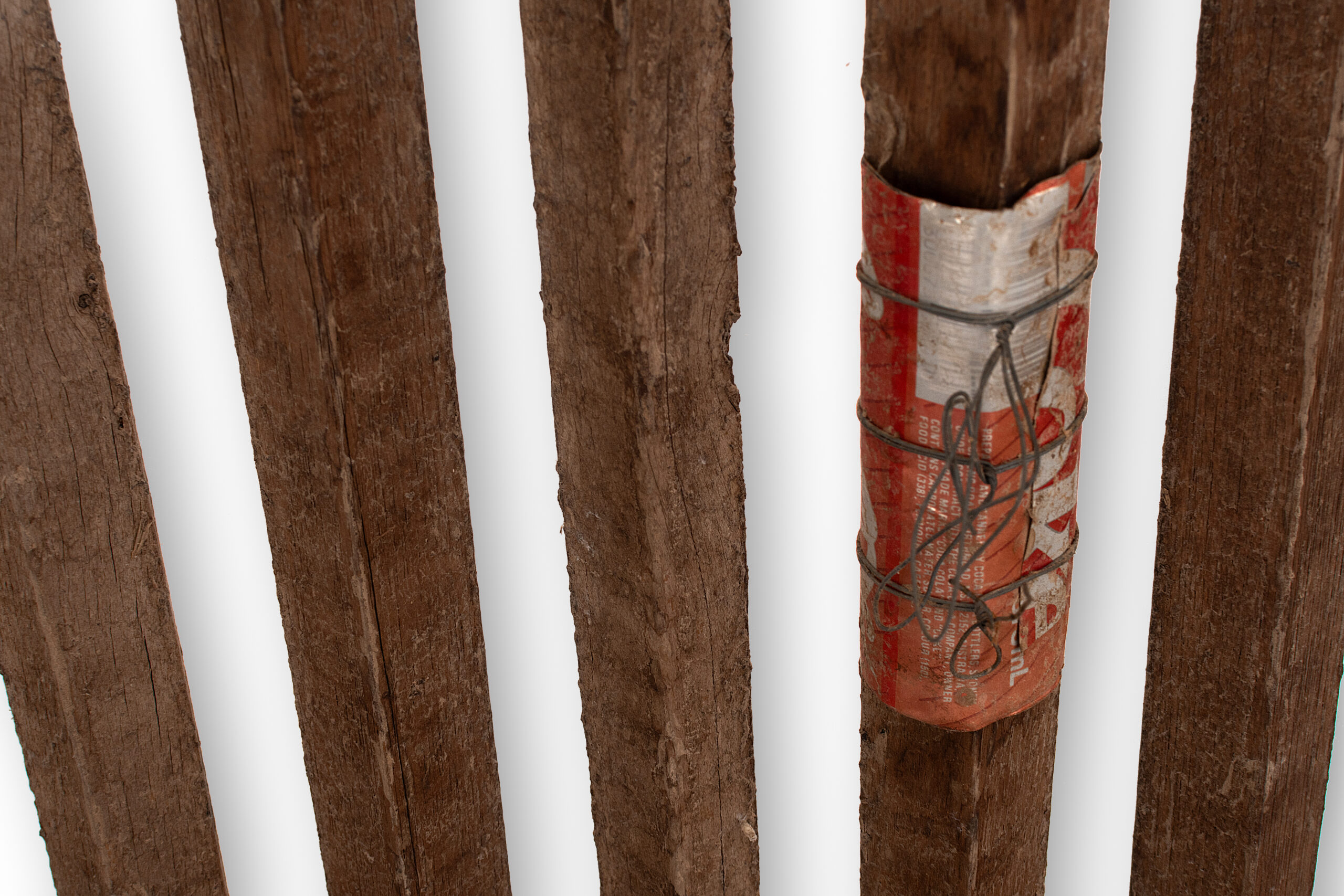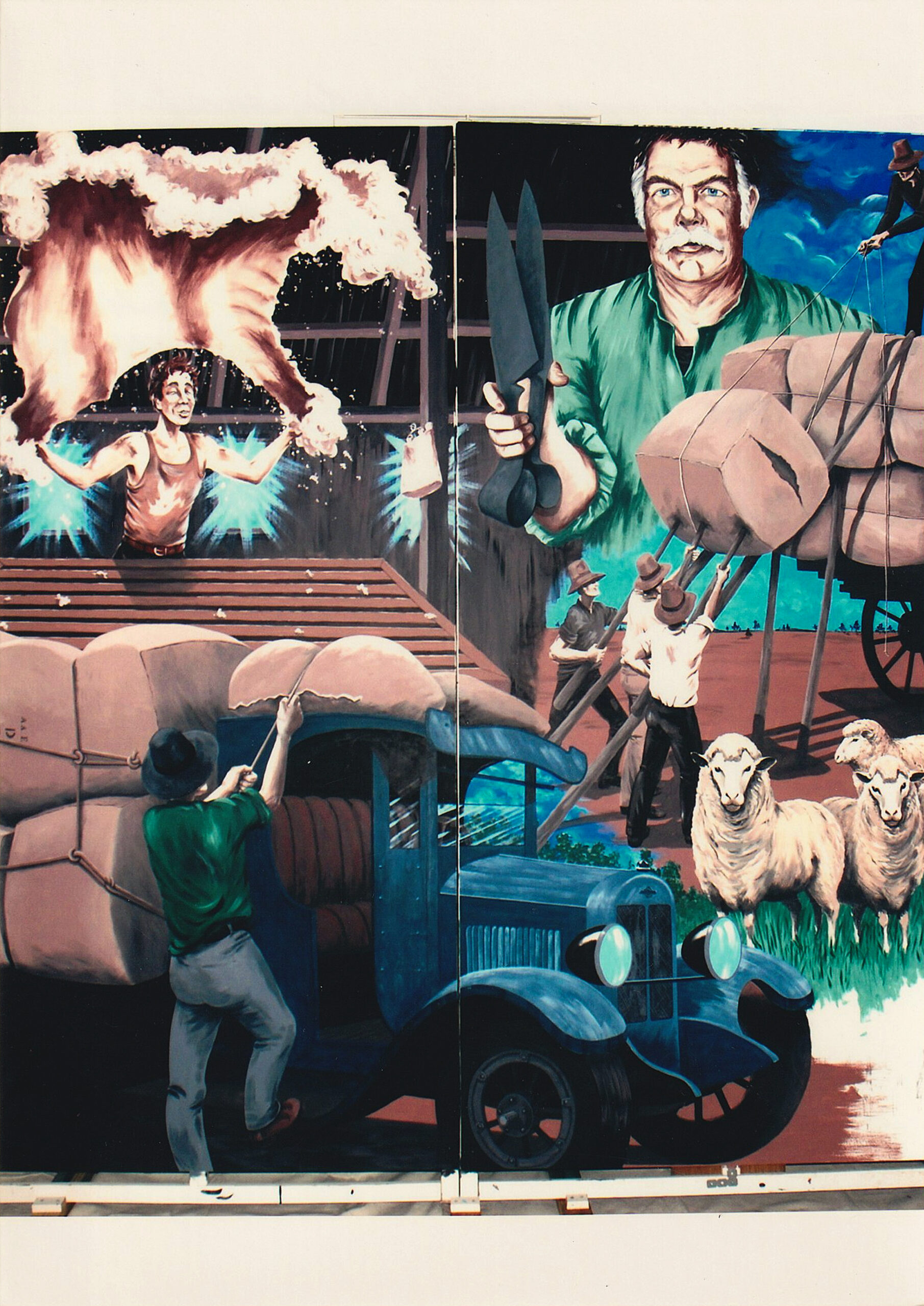All Class
Grading the Golden Fleece
Drought, floods and bushfires are part and parcel of a grazier’s life in north-western New South Wales. In the colony’s early days, if the weather didn’t get to the sheep, dingoes often did. As the settlers gradually eradicated the dingoes, rabbits spread like a veritable plague on the land, eating all the grasses. Hungry sheep don’t grow great wool and the road to Australia becoming a world-renowned producer was bumpy.
Prior to the 1860s, the colony’s sheep were valued more highly for their meat than their wool. This changed as different breeds were introduced and fleece quality improved. The unique growing conditions of these lands led to wool classing becoming an essential part of preparing wool for sale and export.
Classers sort and classify wool based on a range of set criteria to ensure consistent, clean, and graded bales. If a bale isn’t clean, a large proportion of its weight could end up being fine, red dirt.
A wool classer from ‘White Acres’, a property near Wee Waa, once threw freshly shorn fleece onto this table, the gaps between the slats allowing dirt and dust to fall to the floor below. The classer removed any rough, stained, and greasy bits in a process called ‘skirting.’ They then rolled the fleece and assessed the fibre for staple length and fineness, strength, and colour.
Finer wool like merino—which Australia later became known for—fetched higher prices. Then and now, the classer aims to create consistent, clean lots (four or more bales of the same type), giving buyers confidence in the quality of the fibre.
In 1960, after a century of booms and busts, the arrival of irrigation in the Namoi enabled graziers to consider other options. Wool classing tables at properties like White Acres gradually became obsolete as the sheep gave way to cotton farming.


